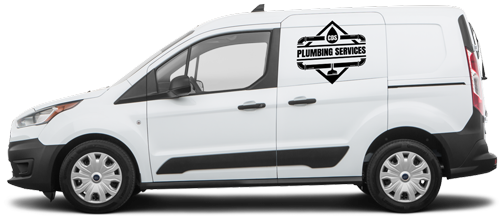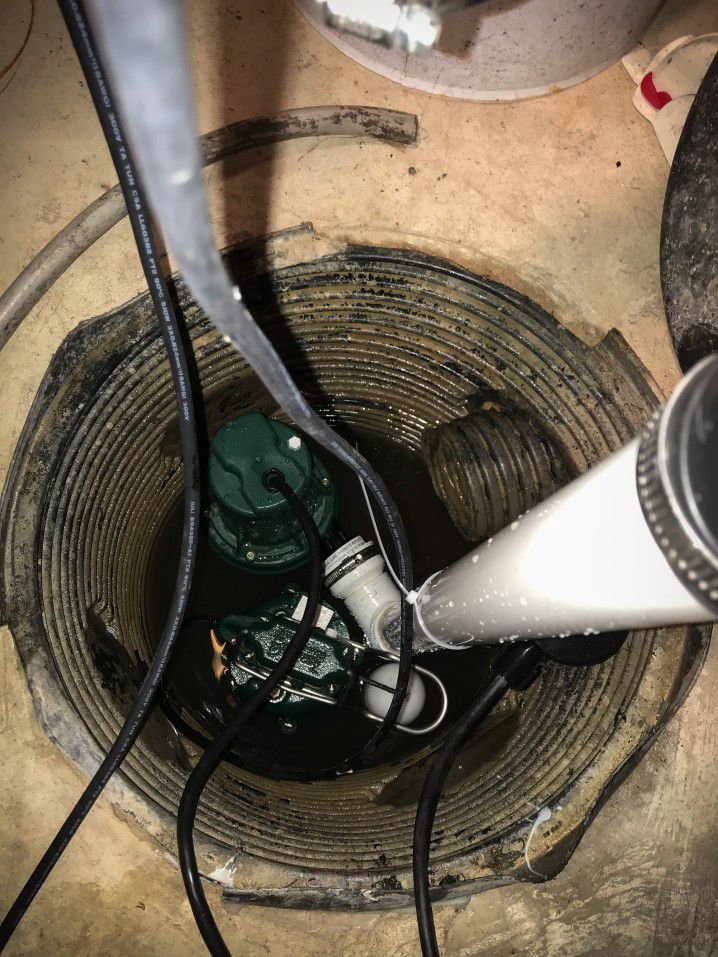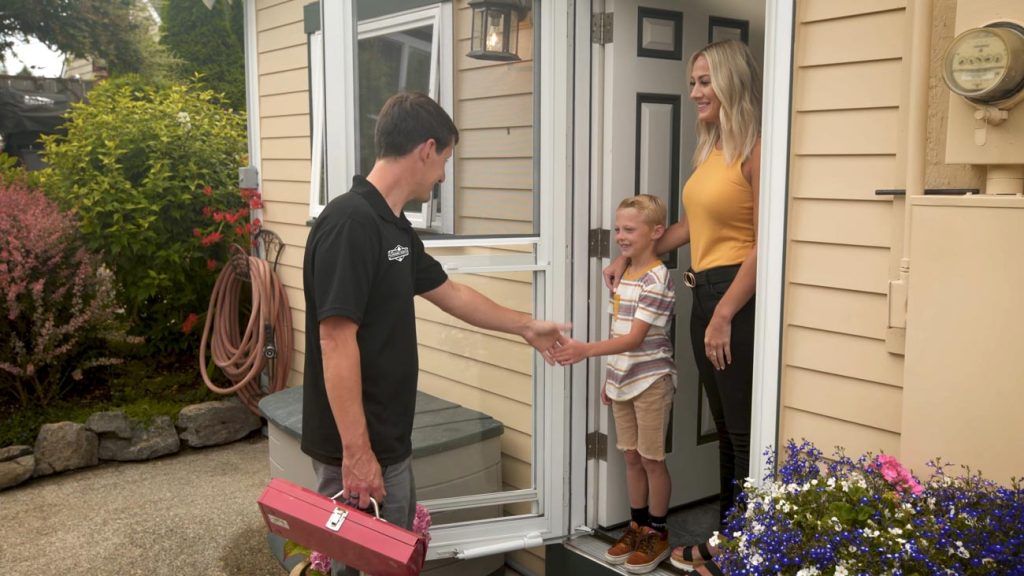Sump Pump Installation

A sump pump is a crucial part to any home – after all, it’s designed to keep water from flooding your first floor or seeping up into your basement. Choosing the right one for you can seem like a daunting task, but this article will break down everything you need to know about deciding which one is best for you and your property!

Why A Sump Pump Is Important
If your home is at risk for flooding, you may want to consider installing a sump pump. A sump pump is a device that pumps water out of your basement or crawlspace, preventing flooding and damage to your home.
There are a few things to consider before installing a sump pump, such as the type of pump you need, where to install it, and how to maintain it. Choosing the right sump pump for your home will depend on the size of your basement or crawlspace and the amount of water you need to pumped out. You’ll also need to decide where to install the pump – most pumps are installed in the lowest part of the basement or crawlspace, near a floor drain.
Once you’ve chosen and installed your sump pump, it’s important to maintain it so it will continue to work properly. Regularly check the power supply and make sure the float switch is working. Also, be sure to clean out the pit where the pump is installed so debris doesn’t clog it. By following these simple tips, you can help ensure that your sump pump will be there when you need it most.
Considerations Before Installing A Sump Pump
If you live in an area that is prone to flooding or has a high water table, you may be considering installing a sump pump in your home. Before you make this decision, there are a few things you should consider.
First, determine if your home is at risk for flooding. If your home is in a FEMA designated flood zone or has been flooded in the past, a sump pump may be a good investment. If you’re not sure, you can check with your local building department or floodplain manager.
Next, consider the type of sump pump you need. There are two main types of sump pumps: submersible and pedestal. Submersible pumps are submerged in the water and are therefore more effective at pumping large volumes of water. Pedestal pumps are less expensive and easier to maintain, but they are not as effective at pumping large volumes of water.
Finally, decide where you want to install the sump pump. The most common location is in the basement, but pumps can also be installed outside of the home in a pit or trench. Where you install the pump will depend on your specific needs and the layout of your home.
Preparing Your Basement For Installation
If you’re considering having a sump pump installed in your basement, there are a few things you’ll need to do first in order to prepare the space. First, you’ll need to make sure that your basement floor is level. If it’s not, you’ll need to level it out before proceeding. Next, you’ll need to clear out any debris or clutter that might be in the way of where the sump pump will be installed. Once everything is cleared and the area is prepped, you can go ahead with scheduling your sump pump installation.
Advantages Of Installing A Sump Pump
If you are considering installing a sump pump, there are several advantages to doing so. A sump pump can help to protect your home from flooding by pumping water out of the basement or crawlspace. It can also help to reduce mold and mildew growth in these areas. Additionally, a sump pump can help to extend the life of your homes foundation by preventing water damage.
Hiring A Professional To Handle The Installation
When it comes to installing a sump pump, you may be tempted to try and do it yourself. However, unless you have experience with this type of project, it’s best to leave it to the professionals. Not only will they be able to get the job done quickly and efficiently, but they’ll also be able to ensure that everything is properly installed and that there are no leaks. This can save you a lot of time and hassle in the long run.


